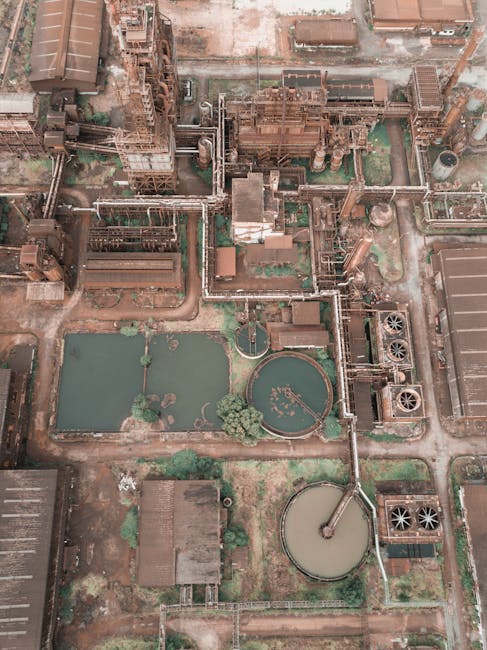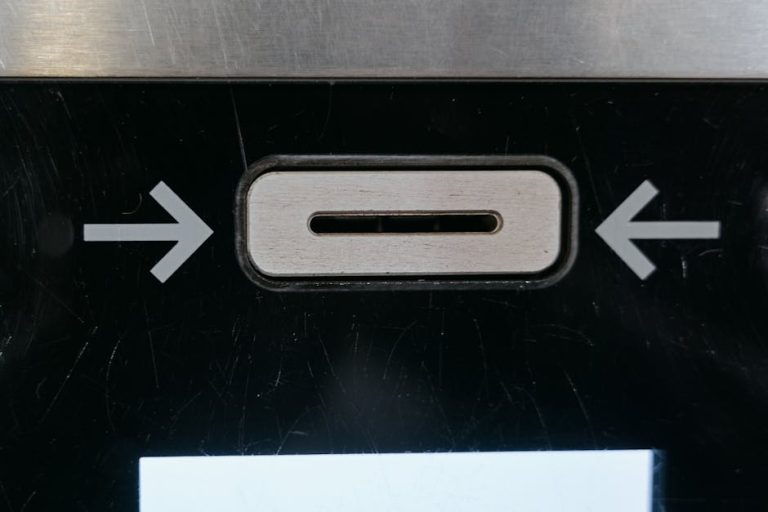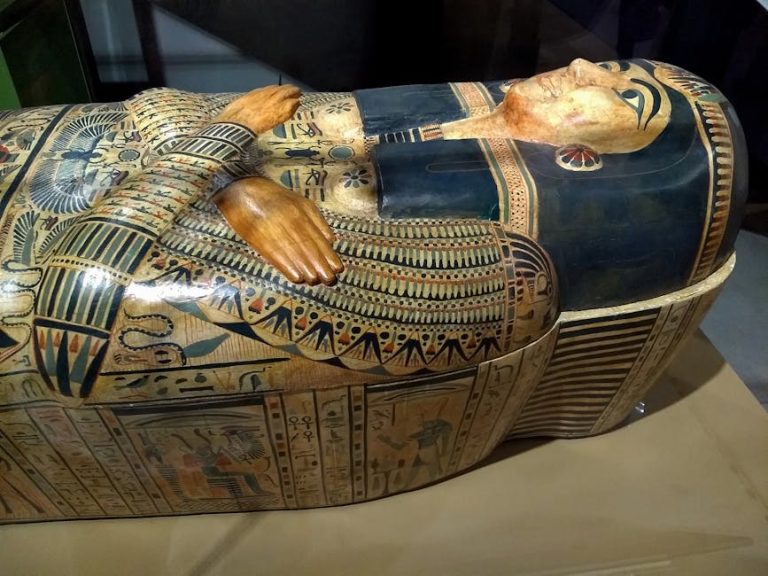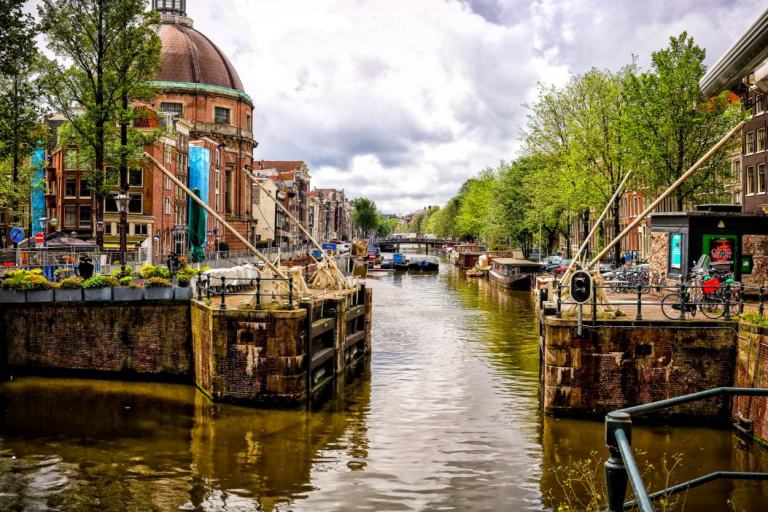The Environmental Benefits of Manchester’s Tram System
Manchester, a vibrant city in the heart of the United Kingdom, is known for its rich industrial history, thriving cultural scene, and innovative public transport system. Among the different modes of transport, the Manchester Tram System, known as Metrolink, stands out for its environmental benefits. In this blog post, we will delve into how this tram system contributes to a greener city, backed by relevant statistics and examples.
An Overview of Manchester’s Tram System
Metrolink is the largest tram system in the UK, covering over 100 kilometers of track and serving 99 stops. It connects various parts of Greater Manchester, providing a reliable and efficient means of transport for both residents and visitors. The system has been continuously expanding since its inception in 1992, making it a crucial part of the city’s transport infrastructure.
Reduction in Carbon Emissions
One of the most significant environmental benefits of the Manchester Tram System is its role in reducing carbon emissions. According to a report by Transport for Greater Manchester, the tram system helps remove approximately 7 million car journeys from the roads each year. This reduction in car usage translates to a decrease in greenhouse gas emissions, contributing to cleaner air and a healthier environment.
A study conducted in 2020 revealed that Metrolink’s electric trams produce up to 70% less carbon dioxide per passenger kilometer compared to cars. This is a substantial reduction, considering that transportation accounts for around 27% of the UK’s total carbon emissions.
Energy Efficiency
Metrolink’s trams are designed to be highly energy-efficient. They employ regenerative braking systems that capture and reuse energy, reducing overall power consumption. This technology is not only cost-effective but also environmentally friendly, as it minimizes the energy required to operate the trams.
Moreover, the electricity used to power the trams is increasingly sourced from renewable energy. As of 2021, 50% of the electricity used by the Metrolink system comes from renewable sources, with plans to increase this percentage in the coming years.
Reduction in Traffic Congestion
Another significant benefit of the tram system is its ability to reduce traffic congestion. By providing an efficient and reliable alternative to car travel, Metrolink helps to ease the burden on Manchester’s roads. Less congestion means fewer idling vehicles, which in turn leads to lower emissions of pollutants such as nitrogen oxides and particulate matter.
According to data from Transport for Greater Manchester, the implementation of the tram system has led to a 15% reduction in traffic congestion in the areas it serves. This not only improves air quality but also enhances the overall quality of life for residents.
Promoting Sustainable Urban Development
Transit-Oriented Development
The introduction of the Metrolink system has spurred transit-oriented development (TOD) in Manchester. TOD refers to the creation of compact, walkable communities centered around high-quality public transport. This approach encourages the use of public transport, cycling, and walking, reducing reliance on cars and promoting sustainable urban growth.
Areas around Metrolink stations have seen significant development, with new residential, commercial, and recreational spaces emerging. This not only makes it easier for people to access public transport but also fosters a sense of community and reduces the urban sprawl that often accompanies car-dependent cities.
Green Spaces and Urban Planning
The expansion of the tram system has also influenced urban planning in Manchester. The city has made concerted efforts to integrate green spaces into its urban landscape, creating parks, gardens, and pedestrian pathways around tram routes. These green spaces act as carbon sinks, absorbing carbon dioxide and improving air quality.
For example, the new Trafford Park Line, which opened in 2020, includes several green spaces and pedestrian-friendly areas along its route. This not only enhances the aesthetic appeal of the area but also provides residents with more opportunities to engage in outdoor activities, promoting a healthier lifestyle.
Encouraging Active Transport
Integration with Cycling and Walking
Metrolink’s design encourages active transport modes such as cycling and walking. Many tram stops are equipped with secure bicycle parking facilities, making it convenient for passengers to combine cycling with tram travel. Additionally, the tram network is integrated with Manchester’s extensive network of walking and cycling paths, making it easier for people to reach their destinations without relying on cars.
A 2019 survey by Transport for Greater Manchester found that 20% of tram passengers use a bicycle for part of their journey. This integration of different modes of transport not only reduces the carbon footprint but also promotes a healthier lifestyle for residents.
Health Benefits
The environmental benefits of the tram system extend to public health as well. Reduced air pollution leads to lower rates of respiratory and cardiovascular diseases. Moreover, the promotion of active transport modes such as walking and cycling contributes to better physical health.
Studies have shown that residents living in areas with good public transport options, such as Metrolink, are more likely to engage in regular physical activity. This not only improves individual health outcomes but also reduces the overall burden on the healthcare system.
Actionable Tips for Supporting Sustainable Transport
Use Public Transport
One of the simplest ways to support sustainable transport is to use public transport more frequently. By choosing to travel by tram instead of by car, you can significantly reduce your carbon footprint and contribute to a cleaner environment.
Promote Active Transport
Encourage your friends, family, and colleagues to walk or cycle for short journeys. Not only is this better for the environment, but it also promotes physical health and well-being.
Advocate for Green Policies
Get involved in local advocacy groups that promote sustainable transport policies. Whether it’s pushing for more cycling infrastructure, supporting the expansion of the tram system, or advocating for cleaner energy sources, your voice can make a difference.
Invest in Renewable Energy
If you have the means, consider investing in renewable energy sources for your home or business. Supporting green energy initiatives helps reduce the overall demand for fossil fuels and promotes a cleaner, more sustainable future.
Conclusion
The Manchester Tram System, or Metrolink, plays a crucial role in promoting a sustainable and environmentally friendly city. From reducing carbon emissions and traffic congestion to encouraging active transport and sustainable urban development, the benefits of the tram system are manifold. By supporting and utilizing this efficient mode of transport, residents and visitors alike can contribute to a greener, healthier Manchester.
As we look to the future, it is essential to continue investing in and expanding public transport options like Metrolink. Doing so not only addresses the immediate challenges of climate change and urban congestion but also paves the way for a more sustainable and prosperous city for generations to come.






